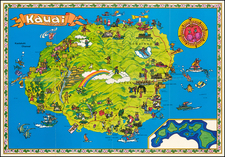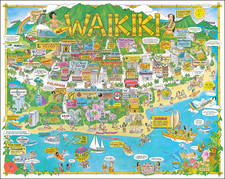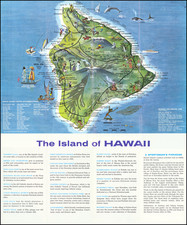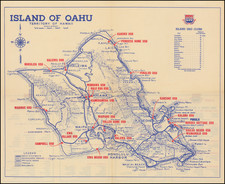The 1834 Map of the Hawaiian Islands and the Dumont D'Urville Expedition
The 1834 map of the Hawaiian Islands, part of Jules Sebastian Cesar Dumont-D'Urville's account of his Pacific voyage, stands out as a notable representation of the region. It is distinct for its use of the modern English spelling "Hawaii," marking a departure from earlier European maps.
Created for D'Urville's "Voyage pittoreque autour du Monde," the map was engraved by Ambrose Tardieu. It detailed islands such as Nihau, Tauai, Oahou, Morokai, Ranai, Mawi, Tahou Rawe, and Hawaii, with smaller inclusions like Modou'manou and Tahoura. Locations like Wai-mea on Kauai and Lahaina on Maui, among others, were specifically marked. This map is less common than the earlier maps by Captain James Cook, making it a unique find for enthusiasts.
The context of this map, D'Urville's expedition, was primarily rooted in exploring Oceania's natural and cultural landscapes. During his contact with Hawaii, D'Urville documented the societal changes underway, influenced by earlier European interactions. The islands were undergoing significant shifts in governance, trade, and religion. While the primary goal of D'Urville's expedition was scientific, the observations and records provide a historical account of Hawaii during that period.
Overall, the 1834 map of the Hawaiian Islands from D'Urville's expedition offers an objective representation of the region during a pivotal time. Through D'Urville's records and Tardieu's engraving, we gain a clearer understanding of Hawaii in the early 19th century.









![[Hawaii] Le Isole di Sandwich Delineate Sulle Osservazioni De. Cap. Cook . . . 1798](https://storage.googleapis.com/raremaps/img/small/91731.jpg)

![(Honolulu Stereoview) Honolulu from Punchbowl [Original stereocard photograph birdseye view of Honolulu, Hawaii]](https://storage.googleapis.com/raremaps/img/small/92950.jpg)


